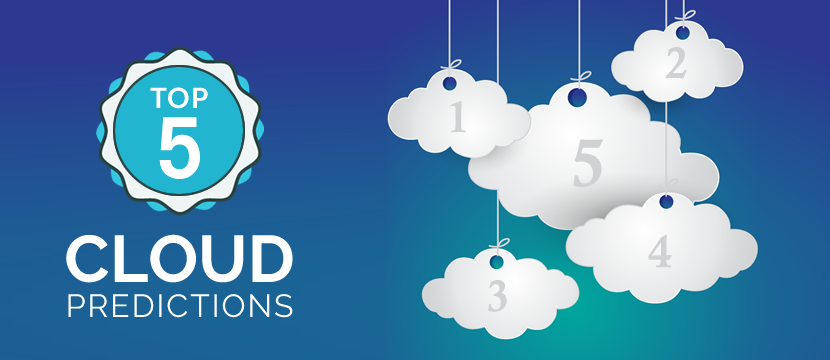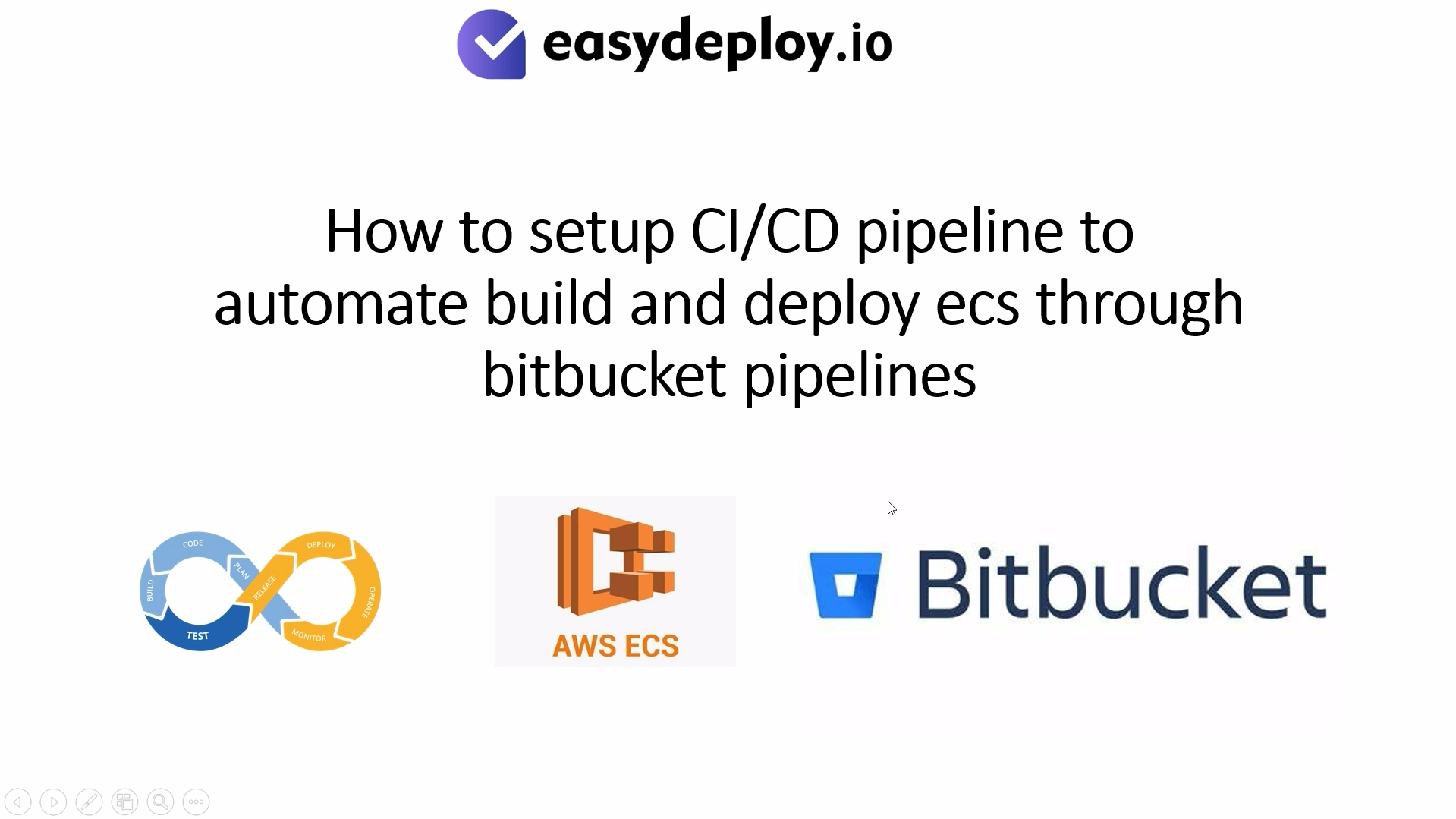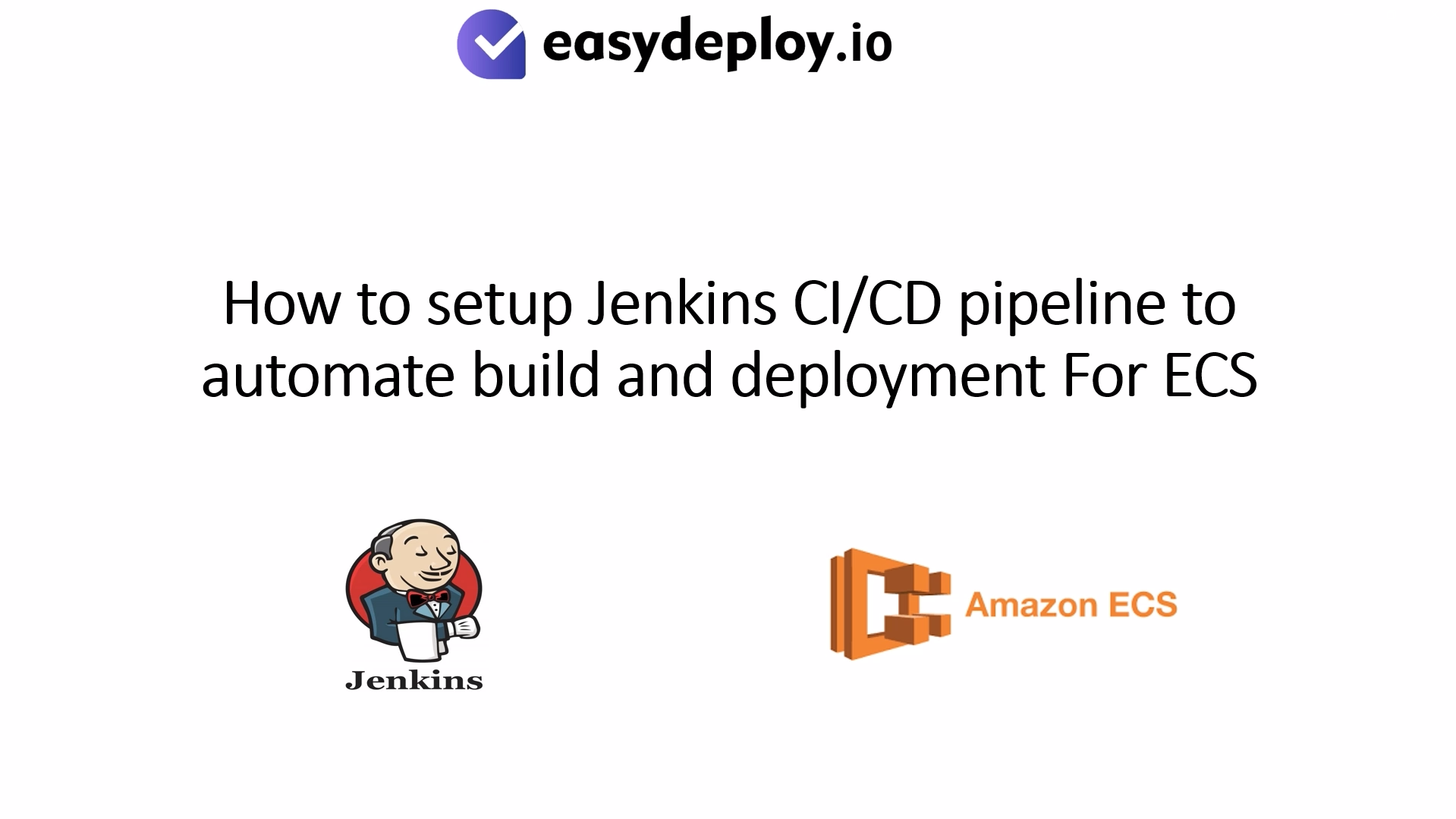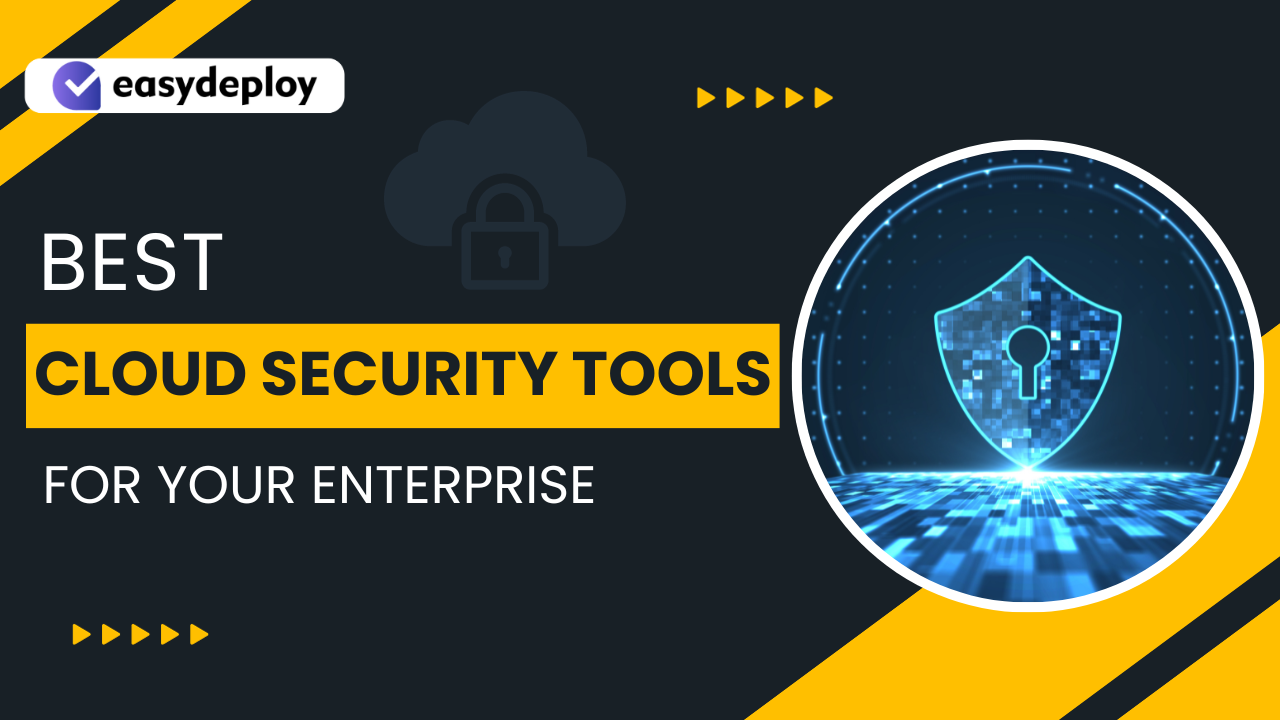Cloud computing is one of the emerging technologies that has taken the IT world by storm. Cloud computing is responsible for quick provisioning for on-demand computer system resources and services. The top cloud predictions can help us understand the new technologies that can be a part of the cloud computing landscape. Also, a closer look at the different cloud predictions is essential to understand how the industry will shape up in the future.
A detailed impression of the expected trends in cloud computing can help IT professionals chart out the course for the future IT journey of their firms. In short, the primary objective of reviewing trends is to learn more about ways of coping with changes in computing. The following discussion would present an outline of five noticeable cloud predictions 2019.
Haven’t yet adopted the cloud platform for your business? It’s the time to check out Cloud Migration Best Practices and take a step ahead.
Cloud Computing Basics
Before proceeding with our discussion on cloud predictions, let us reflect briefly on cloud computing first. Cloud computing helps in obtaining the benefits of servers, physical machines, and data centers without having to establish them physically. The resources for computing are available through the internet, generally on a pay-per-use basis.
Cloud computing is highly dependent on the sharing of resources because of its nature as a public utility for achieving coherent capabilities. Businesses using third-party clouds could be able to focus on their core business activities. With cloud computing, there is no need for businesses to focus on setting up and maintenance of computer and IT infrastructure. Considered as one of the early cloud computing predictions, every organization finds cost-effective solutions using cloud computing.
Service Delivery Models
Cloud computing service providers are capable of delivering various capabilities according to different models. The different models of cloud computing service delivery are as follows.
- Infrastructure as a service (IaaS)
- Platform as a service (PaaS). Specializations of PaaS include integration PaaS (iPaaS) and data platform as a service (dPaaS)
- Blockchain as a service (BaaS)
- Software as a service (SaaS)
- Function as a service (FaaS)
- Mobile backend as a service (mBaaS)
- Serverless computing
Each of these cloud service delivery models was prominent cloud predictions at some or the other point in the past. Now, each one of them holds a significant position in the overall cloud landscape. Similarly, the models for deploying cloud infrastructure also matter considerably for understanding cloud computing better.
What is the point in discussing these before the predictions for cloud computing? The response to this question lies in obtaining a legible impression about cloud computing before diving into the trends. Understanding the ways of cloud computing can support an informed observation of different trends for cloud computing in 2020.
Deployment Models
The different models for deploying cloud infrastructure are as follows.
- The private cloud model is ideal for use in a single organization.
- Public cloud is ideal for providing services over a network that is open for access to all.
- Community cloud involves sharing infrastructure among organizations related to a particular community.
- The hybrid cloud involves a composition of public, private, and community clouds. The combination may be either of two or more of the three clouds.
- Distributed cloud is known for the inclusion of public resource computing and volunteer cloud computing.
- Multi-cloud computing and big data cloud computing are also prominent deployment models for cloud infrastructure.
- The HPC cloud or high-performance computing cloud serves its purpose by addressing the needs of high-performance computing applications.
Are you a cloud developer? Here are the Top Cloud Developer Skills that will take your cloud career to the next level.
Cloud Computing Trends
Now, you should wonder about the reasons to look at cloud predictions 2020! As a large number of organizations slowly adopt the trend of cloud computing, it becomes important to know what it holds in store for everyone. Every one adopting the cloud should have a short-term view as well as a long-term view.
In the short term, we look at advantages such as a higher value of the cloud market, cost-effectiveness, and better storage and scalability. But, a huge investment in the cloud should be after a thorough evaluation of future possibilities. So, without wasting any time further, let us take a look at the top cloud predictions for 2020.
-
The Popularity of Hybrid Multi-cloud Approach
Estimates indicate that around 20% of business processes have migrated to the cloud. However, the remaining 80% of critical workloads and sensitive data continue to run on-premises due to performance and regulatory requirements. So, cloud predictions indicate that organizations would have to deviate from the ‘one cloud fits all’ approach in the next phase of their cloud journey.
Public cloud can still be the right option for realizing digital transformation objectives at cost-effective pricing. However, every workload is not ideal for the public cloud. Therefore, organizations would aim at obtaining value from the integration of private and public clouds. Such types of organizations would focus on getting the most out of their investments in the cloud through a hybrid multi-cloud approach.
The hybrid multi-cloud approach is easily one of the prominent cloud computing predictions for the future. The effectiveness of the hybrid multi-cloud approach comes from the combination of on-premises, public cloud, and private cloud architecture. Also, a hybrid multi-cloud involves the support of best in class resources from various cloud vendors.
-
Increasing Emphasis on Edge Computing
Edge computing is also one of the prominent cloud predictions for the coming years. It involves processing data that is generated near the edge nodes of an organization’s computing network. This presents a stark contrast to the centralized data-processing warehouse. Massive adoption of cloud computing platforms has led to a considerably higher rise in demand for bandwidth.
The costs related to bandwidth increase continuously with every passing day. Therefore, cloud computing could otherwise appear counterproductive for organizations that aimed to reduce capital expenses by adopting the cloud. The transmission of data generated in real-time to a central cloud network for processing can take a lot of time and costs.
On the other hand, cloud computing trends 2020, implying that edge computes platforms can help in faster data processing and transfer. The majority of the data aggregation and processing offloads to the edge compute network without coming back to the central cloud network. As a result, organizations could save a lot on bandwidth costs, and customers could avail of cost savings.
Also Read: How to Set up Cloudflare CDN?
-
Rise of Open-source
Open cloud technology is also one of the formidable and upcoming cloud trends for 2020. The majority of companies all over the world have committed to the notion of open source for avoiding lock-in and selecting from more than one vendor. Open technology has been one of the foundation elements of early cloud predictions.
It helps increase the interoperability of applications, data, and platforms. The open technology projects ideal for communities meant for open governance could attract highly expanding markets and large ecosystems. In the upcoming year, many developed companies can recognize new opportunities for containers with open-source Kubernetes.
This can help in arranging containers into clusters for supporting microservices across multiple clouds. Therefore, cloud computing trends 2020 suggest the rise of the importance of open management tools for administration, security, and updates of clusters over time.
-
Cloud Software Social Aspects
Another noticeable mention among upcoming cloud trends refers to the social components of cloud software. Cloud computing software would soon include features that are existing presently only on social media apps such as Facebook. This trend implies the development of the abilities of programs to develop automatic associations with software and hardware.
The best thing here will be the suitability of program functioning according to the job that follows a specific deadline. Cloud-based data centers would go through a drastic makeover in terms of infrastructure and software. As a result, the database would look like a server or storage array.
Interestingly, the database could form according to the task requirements for performance. As a result, there will be no need for developers to worry about provisioning hardware components like a switch, storage, and server. Cloud software could help in realizing it automatically.
-
Developing Cloud Adoption Culture
The final yet most interesting mention among cloud predictions refers to the importance of cloud skills and culture. Organizations find the opportunity for capitalizing on the emerging trend of a hybrid multi-cloud approach. IT organizations could find a culture shift as the major barrier to their cloud adoption. Cloud predictions indicate that teams should develop new skill sets, including cross-platform tools and automation experience.
Knowledge of API management and best practices for data integration would also be prominent factors for cloud adoption. Furthermore, the emerging cloud environments would also focus on the emergence of new job roles for managing new hybrid cloud environments. The job titles include cloud architect, cloud service broker, cloud automation engineer, and cloud project manager.
Also Read: Roles and Skills of a Cloud Architect
How’ll These Cloud Predictions Shape the Future?
Based on a review of the upcoming cloud predictions, we can note the importance of new approaches for cloud adoption. Every business organization focuses on reaching cloud adoption outcomes rather than worrying about reasons to adopt the cloud. Cloud predictions also imply that customers should understand the themes of security, adoption, and consistency for successful cloud adoption.
Also, the benefits of cloud adoption should maintain consistently, such as cost-effectiveness. Another important factor refers to the future of the cloud industry involving different industries. Cloud technology can transform the different aspects of the technology industry. However, the most important influence that cloud computing would have is the promotion of open-source technologies. As the industry evolves, we will continue to receive new surprises with every passing year!










